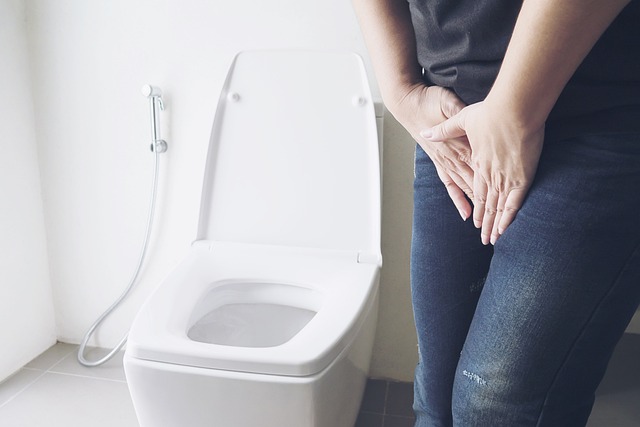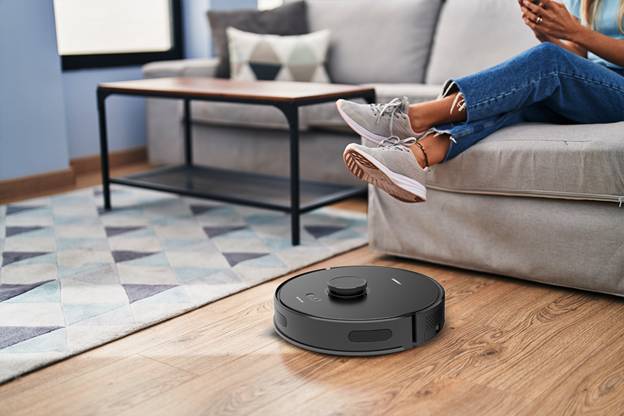When Should You Change Your Toilet Seat?

The toilet is arguably the most important modern convenience in the domestic home. It is a marvel of civil engineering and an exceedingly comfortable way to manage our daily ablutions – one we take for granted, if only for the displeasure that thinking about bodily movements brings us.
But that same reluctance can lead us to forget about an important part of bathroom hygiene – the toilet seat itself. These are not permanent installations and can weather, wear, or otherwise become unsuitable over time. But when are the best times to shoulder the unenviable task of changing your seat?
#1 – When You Move House
Moving house is a stressful experience, whichever way you slice it. There are many things for you to juggle, and many more things that get thrown at you in the process. But if there is one small thing you can do for the benefit of future you, it is to replace the toilet seat in your new home.
It won’t be the first thing that comes to mind, but it will shoot into your mind the moment you go to use your newly-owned toilet for the first time: you are by no means the first person to have used it, and you have no idea how often it has been used before. As a matter of priority, browsing toilet seats for a comfortable one that suits your décor plans will ensure you lay a personal claim to your new throne.
#2 – When It Breaks
This might seem near-condescending as a bathroom suggestion, but it nonetheless bears repeating: you should replace your toilet seat whenever it shows evidence of breakage. The soft-close mechanism might fail, stippling your day with frightful bangs or trapped fingers. Alternatively, the fasteners might crack and loosen, causing the seat to wobble and the retaining bolts to bend. In either case, the seat is no longer fit for purpose.
However, this rule doesn’t just apply to obvious – and potentially catastrophic – breakages. It also applies where even seemingly-superficial damage occurs to the seat. Whether plastic or wood, toilet seats have easy-clean surfaces by virtue of an antibacterial finish or smooth surface. Where cracks or dents appear in the surface, grime can settle and accumulate. This proves the perfect breeding ground for bacteria, to say nothing of the general unpleasantness around uncleanable aspects of your toilet.
#3 – When Your Child Starts Toilet Training
Finally, an excellent opportunity to change your seat arises at a specific point in parenthood. If you are lucky enough to have a child, you will also be lucky enough to experience the joys of teaching them how to use the bog.
For a vanishingly brief transitional period, they will be using their own plastic ‘potty’, but all too soon comes the necessary transition to using the household loo.When this moment comes, you can make life much easier for yourself and your little one, by choosing a fresh seat that accommodates their diminutive stature.



